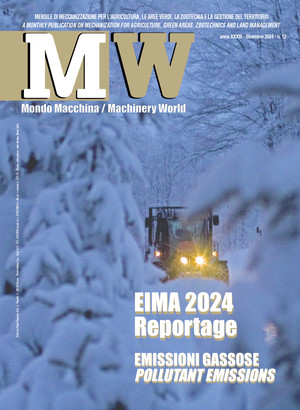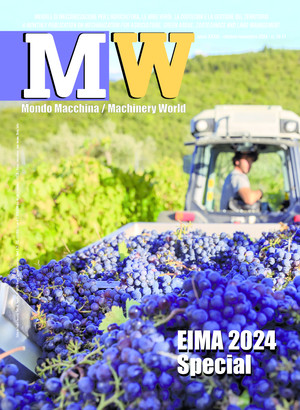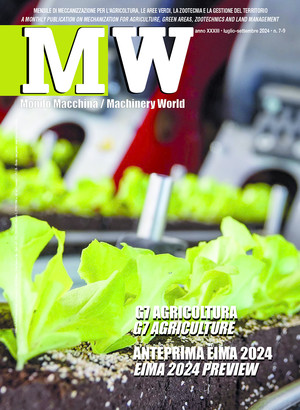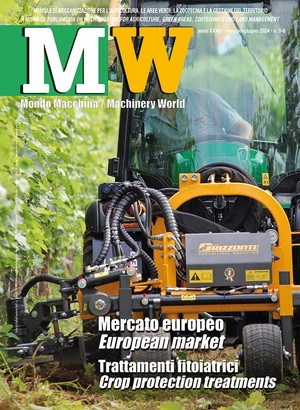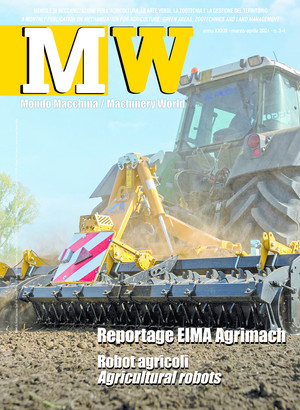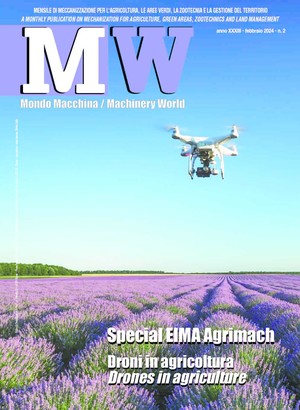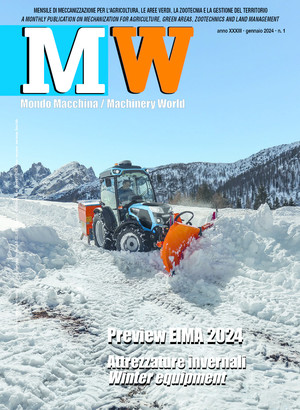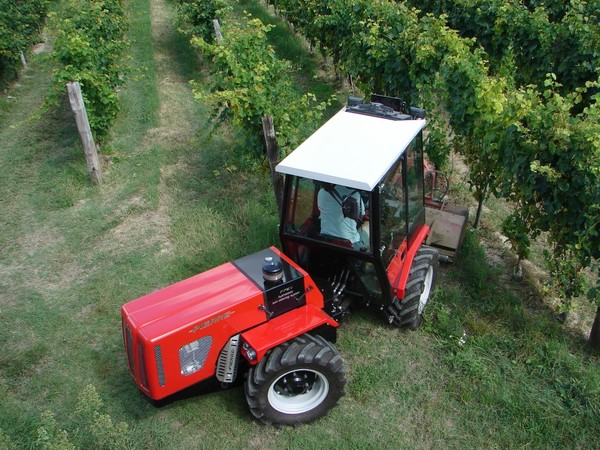
Pierre, a history marked by innovation
Thanks to a solid tradition in the farming equipment sector, with its origins dating back to 1880, the Piedmontese firm Pierre has always managed to stand out for its ability to design and implement highly innovative technology solutions. Among these, the APT tractor for clearing mine fields
Its name is APT (Area Preparation Tractor) and it is a special tractor. The structure, the functions, even the equipment are those of a common equal-wheeled tractor but, unlike the tractors that you see working in the fields every day, the APT was not designed for agricultural use. It was instead designed as a remote control vehicle for humanitarian demining operations.
The idea behind the project was to adapt a specialized tractor, starting from armouring the mechanical components and wheels, and turn it into a vehicle suitable to extreme operations. This gave rise in 2010 to a machine called Locostra (Low Cost Tractor) developed from the P796V tractor, in collaboration with the University of Genoa and co-financed by the Ministry of Economic Development.
The outcome of tests conducted in minefields in Jordan were so encouraging that in 2012 and for the following three years, Pierre and the University of Genoa participated in a project co-financed by the European Union (TIRAMISU) to create a completely reliable machine certified for use in de-mining. The result was the APT model - explains the owner of Pierre, Giovanni Polentes, to Mondo Macchina - both machines were developed starting from our tractors, which already had the strength and durability required for the clearing of mined land.” In particular, the ATP derives from the P796evo equal-wheeled tractor, flagship of the Pierre range, which in its “agricultural” version is available with a Kohler 55.4kw engine, compliant with the phase 3B anti-pollution directive, without particulate filter, with hydrostatic transmission, reversible seat, and twin steering system. “Compared to the P796evo - continues Polentes - the APT model has a special steel plate armoured shell to protect the machine from splinters projected by the explosion of a fragmentation mine, explosion-resistant wheels and, of course, a greater weight. Also new is the electronic control unit (ECU) which is entrusted with the task of managing the machine functions and to communicate with the remote control.” For Pierre, the development of Locostra and the APT is one of the most significant moments in a history of manufacturing excellence that has its roots in 1883, when Carlo Repetto, great-grandfather of Giovanni Polentes, developed the first agro-mechanical technologies, which at the time were linked to crop protection. In the mid-50s, with the manufacture of motocultivators, tractors, and later equal-wheeled tractors, this initial nucleus was the origin of the Pierre brand as we know it today. A brand that has always been able to distinguish itself for its strong propensity to innovate.
This was demonstrated in the 1950s with the design of the automatic disengagement of the rototiller when engaging the reverse gear, very effective in preventing accidents at work. And again in the 1960s, with the construction of the front axle steering equal-wheeled tractor, ideal for sloping terrains. And once more in the 1980s, when they launched the double clutch system on the Series 70 tractor, the hydrostatic transmission coupled with the twin steering system on the Pierre 358, the twin steering system that allowed the use of the tractor as a driver steering on the front axle, or with the simultaneous use of the two steering wheels. In the late 1990s, with the launch of the P796V model equipped with steel frame, twin steering system, reversible driver’s seat, and hydrostatic transmission. And so it is today, thanks to a machine designed not only to work the land, but to also clear that same land from any trace of “conflict”, that is, to enable it to once again give its best yields.


